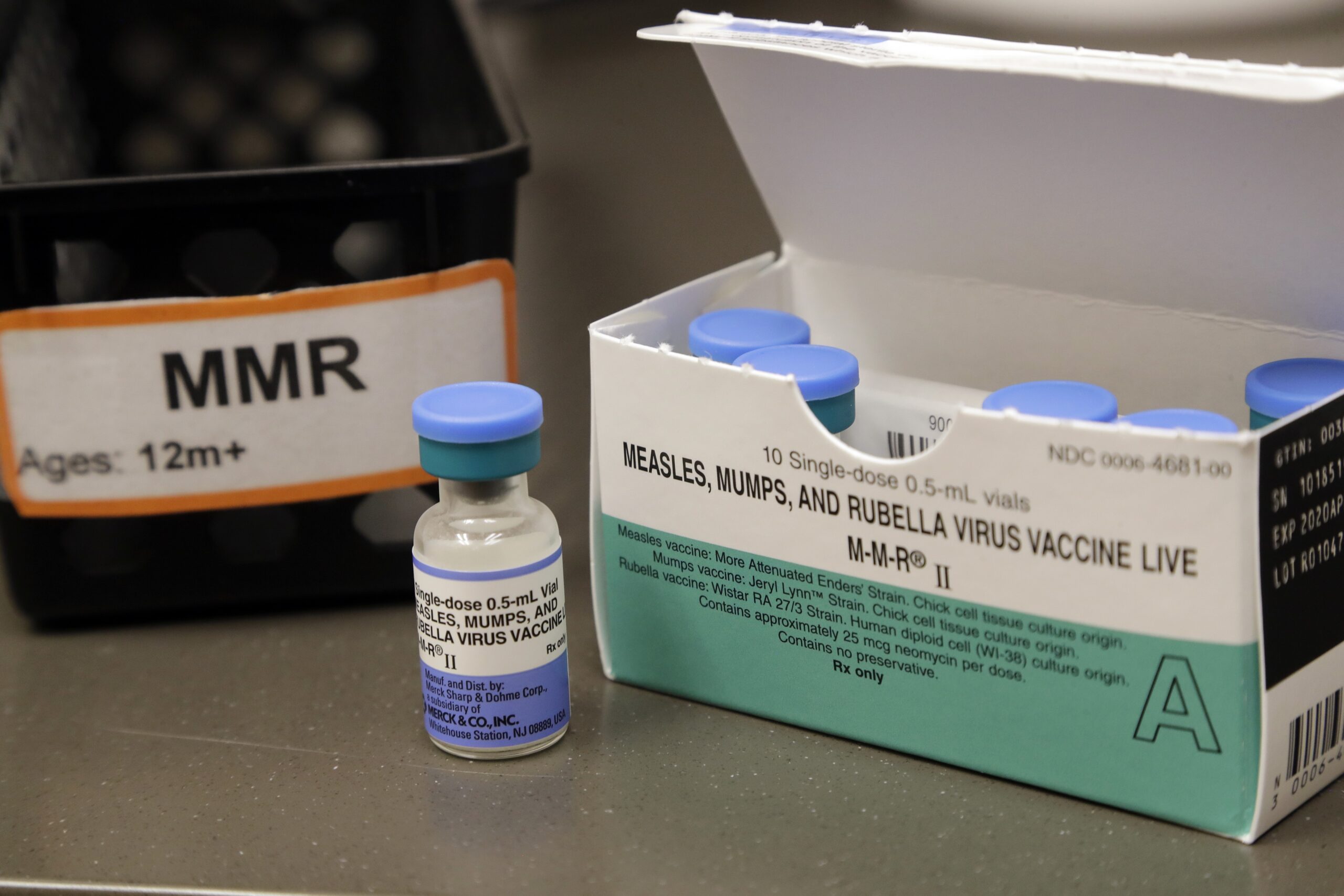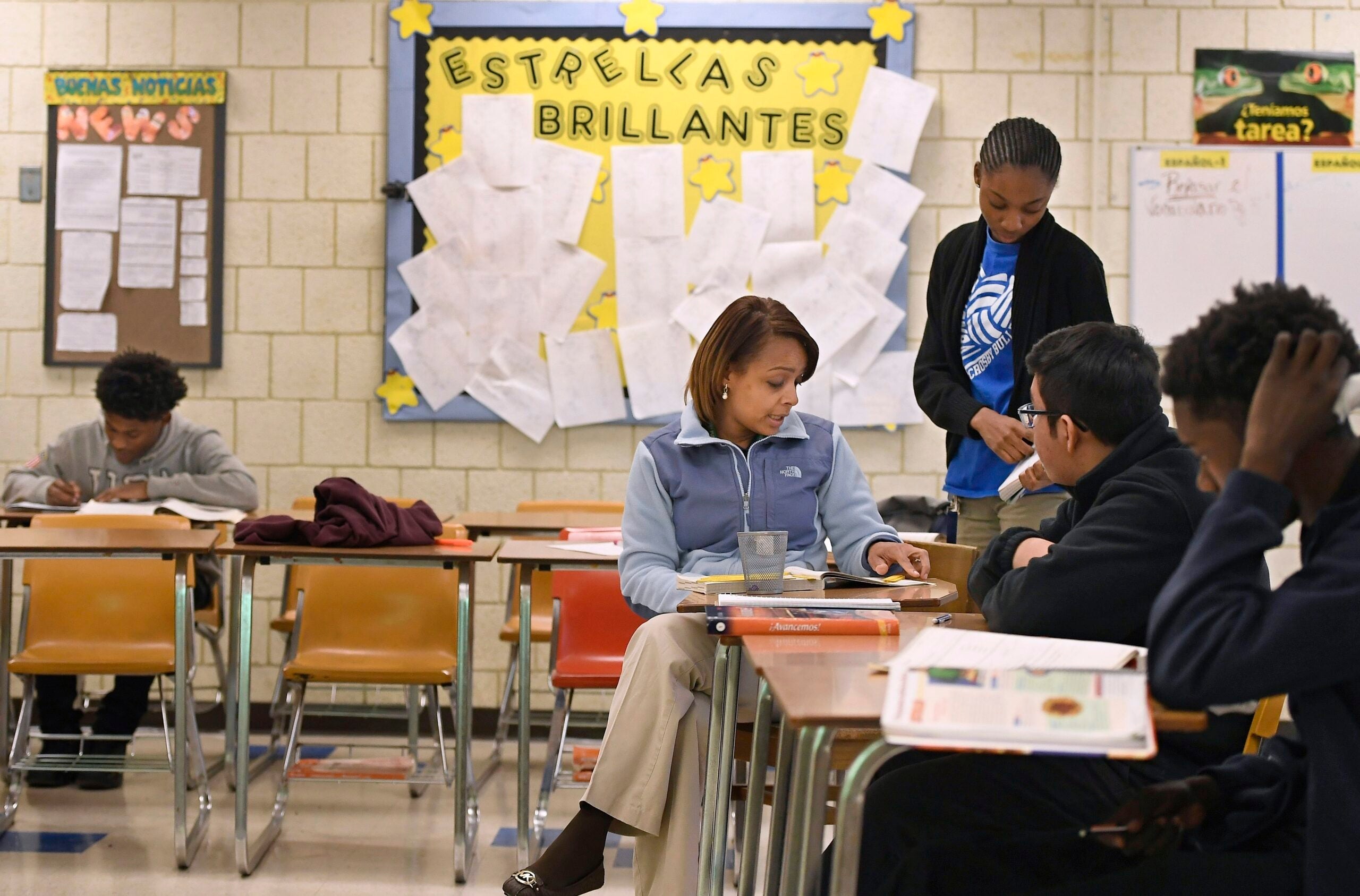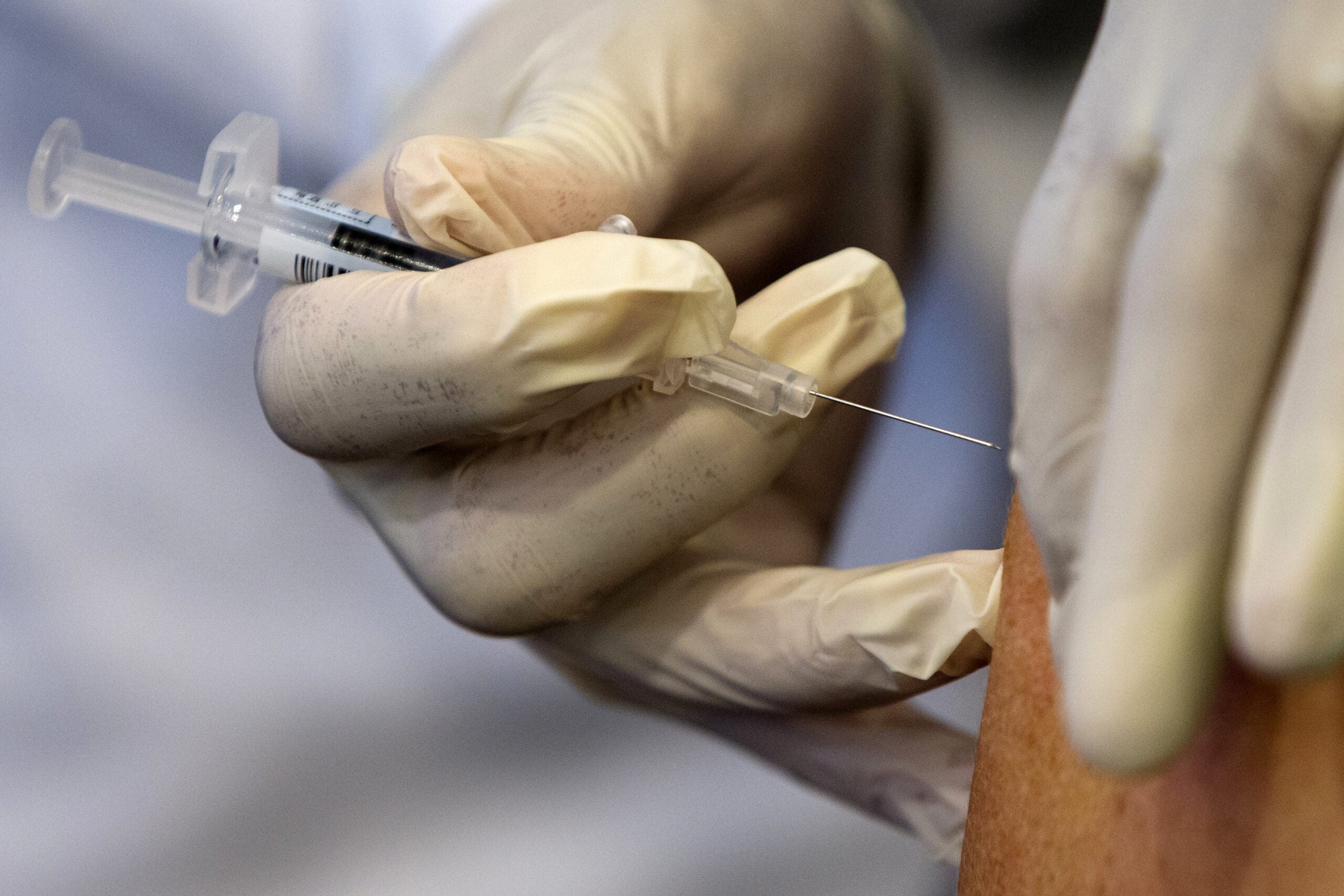A larger share of Wisconsin students are skipping required immunizations under personal conviction waivers, with rural areas and the state’s smallest school districts seeing the highest average rates.
But experts caution the data doesn’t explain why more families are choosing not to get some vaccines for their kids, implying a more individualized approach is needed to improve overall immunization rates.
The Wisconsin Policy Forum looked at vaccination data collected by the state Department of Health Services for the 2022-2023 school year. The state agency reported in August that 10 percent of the state’s K-12 students did not meet minimum immunization requirements. The total was 1.2 percentage points lower than the previous school year, but is still higher than before the COVID-19 pandemic.
News with a little more humanity
WPR’s “Wisconsin Today” newsletter keeps you connected to the state you love without feeling overwhelmed. No paywall. No agenda. No corporate filter.
The policy forum report found the percentage of students who waived requirements for health reasons or religious convictions has remained relatively steady, with each category making up less than 1 percent. But the percentage of students filing personal conviction waivers has increased over the last two decades, going from 2.6 percent in 2003 to 4.6 percent in 2023.
Parents or guardians can choose to waive a required immunization for their student by filing a form with their district, listing the specific vaccination they want to waive and what vaccinations, if any, their child has received. DHS guidance states these students are considered compliant with state vaccination requirements, but they could be excluded from school in the event of a disease outbreak.
Don Cramer, who authored the policy forum analysis, said the state data doesn’t show why school districts are seeing more of these waivers. He said it could be increased vaccine hesitancy or simply more awareness that filing a waiver is an option.
A closer look at the data shows districts with fewer than 500 students had a higher waiver rate, with an average of 6.2 percent of students. Districts located in towns and those in rural communities also had a higher average percentage at 5.9 and 5.8 respectively.
Cramer acknowledged that a small number of students choosing to waive vaccines has a larger impact on a small district’s rate than in a larger district. He said the trends indicate that a more localized approach is needed if public health officials want to improve immunization rates.
“You have to reach out to those communities and try to dig a little deeper to see what is the reason why people are avoiding vaccinations” he said. “What would allay some of their fears? Is there some education that needs to happen?”
COVID-19 and vaccine hesitancy
Dr. Emma Mohr, pediatric infectious disease physician at UW Health, said she is encountering more families who are questioning recommended vaccinations for their kids than prior to the COVID-19 pandemic. She said hearing about the development of the COVID-19 vaccines — and often the misinformation spread about the shots — has put all vaccinations at the forefront of parents’ minds.
“They say ‘oh, people were questioning the COVID vaccine and researching it. Now our doctor is offering us a different vaccine, should we be questioning this one and researching this one?’” Mohr said.
She said student vaccination rates not only impact school districts but adult health in a community as well. By preventing children from contracting a disease like pneumonia, Mohr said, it also keeps them from passing it onto their grandparents or other older adults they come in contact with who are more susceptible.
Mohr said she thinks it’s up to pediatricians and other primary care providers to help answer peoples’ questions and encourage vaccines. And she said doctors shouldn’t be afraid to keep asking parents about the shots.
“At their next checkup, bring it up again with the family, say ‘You signed this waiver last year. We know these vaccines are safe. Can we start doing one of these for your child this year?’” she said.
The Policy Forum report also compared rates of students who are behind schedule on their immunizations by district. Students in this category have some immunization record on file with their district but are missing some required doses and haven’t filed for an exemption.
State data shows 2.8 percent of all Wisconsin students were behind schedule on their immunizations, a 0.5 percent decrease from last year.
Household income and vaccine rates
Cramer said the starkest trend from the report was the association between the rate of students behind schedule of vaccinations and a district’s percentage of students from economically disadvantaged homes.
“As the number of families who were economically disadvantaged grew, the behind schedule rate also grew,” he said.
Districts with less than 25 percent of students from economically disadvantaged families had an average of 1.3 percent behind on their vaccines. By comparison, districts where more than half of students came from low-income homes had an average of 6.6 percent of students behind schedule.
Cramer said Milwaukee Public Schools, the largest school district in the state and a district with more than 86 percent of students from economically disadvantaged households, can have a big influence on the statewide data. But he said even after taking MPS out of the analysis, districts with the most low-income students still had 3.7 percent of students behind schedule on vaccination rate.
Mohr said she is also seeing more children who are behind on vaccinations in her work. But she said the medical community hasn’t been able to put their finger on why families are falling behind.
One explanation is that families weren’t able to get the usual check-ups for kids during the height of the pandemic. But Mohr said she also thinks parents and guardians just aren’t able to take time off work to get to their pediatrician.
“Unfortunately, I see this taking care of children a lot, where the parents and the caregivers have stretched so thin, they’re working sometimes two jobs to help take care of their children, and that means that they waited a little while to take the child into the hospital,” she said. “Or they said ‘We had a well visit scheduled, but I was given an extra shift, and we really needed the money this month, so I couldn’t get them in to get their vaccine like we had scheduled.’ It’s hard.”
In general, districts where more than half of students from economically disadvantaged homes had a much higher percentage of students not meeting vaccination rates, at 14.2 percent, compared to districts with less than 25 percent of low-income students, 7.9 percent.
Mohr said mobile vaccine clinics and other community efforts that allow families to access immunizations without making a formal appointment could help address the problem.
Wisconsin Public Radio, © Copyright 2025, Board of Regents of the University of Wisconsin System and Wisconsin Educational Communications Board.






